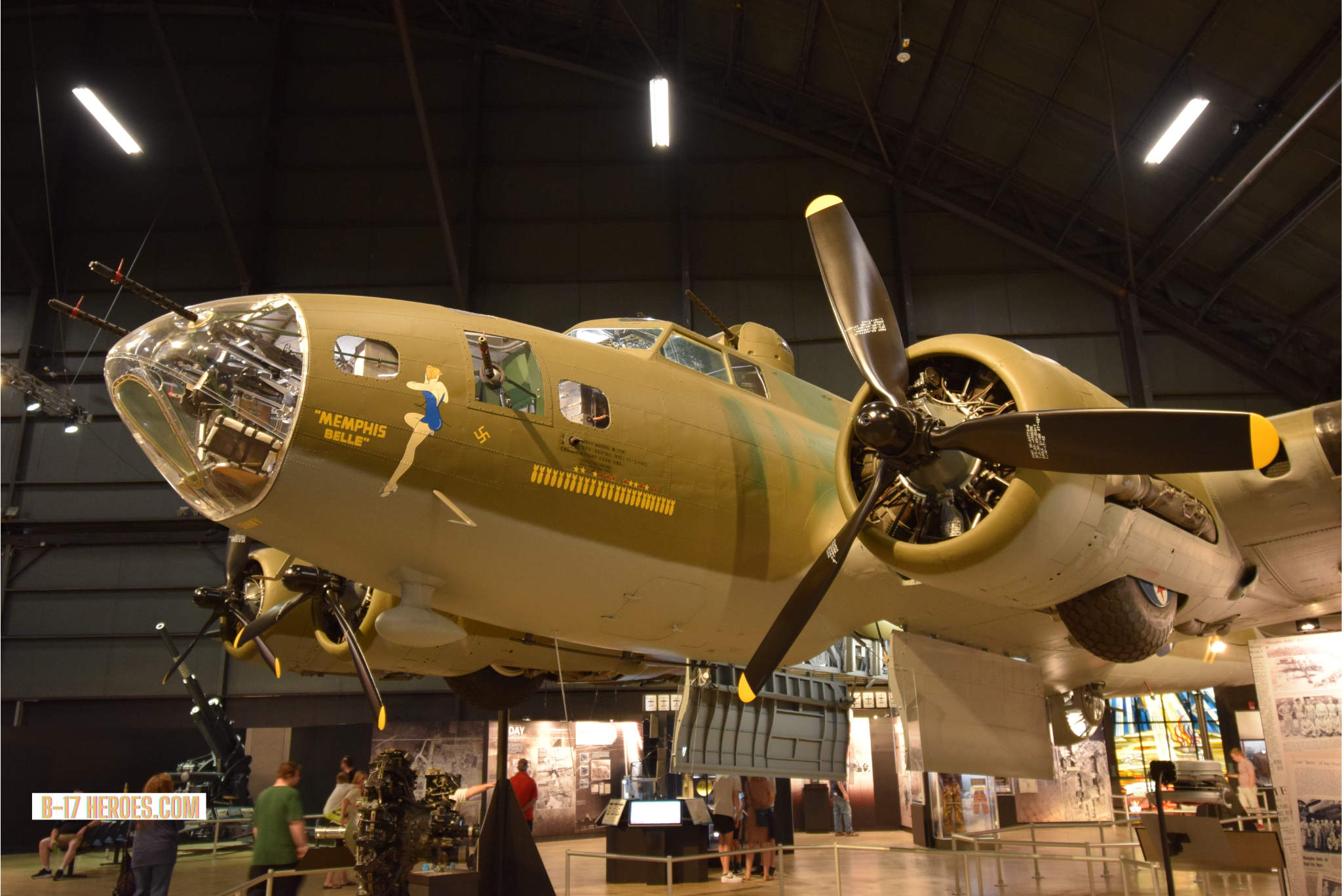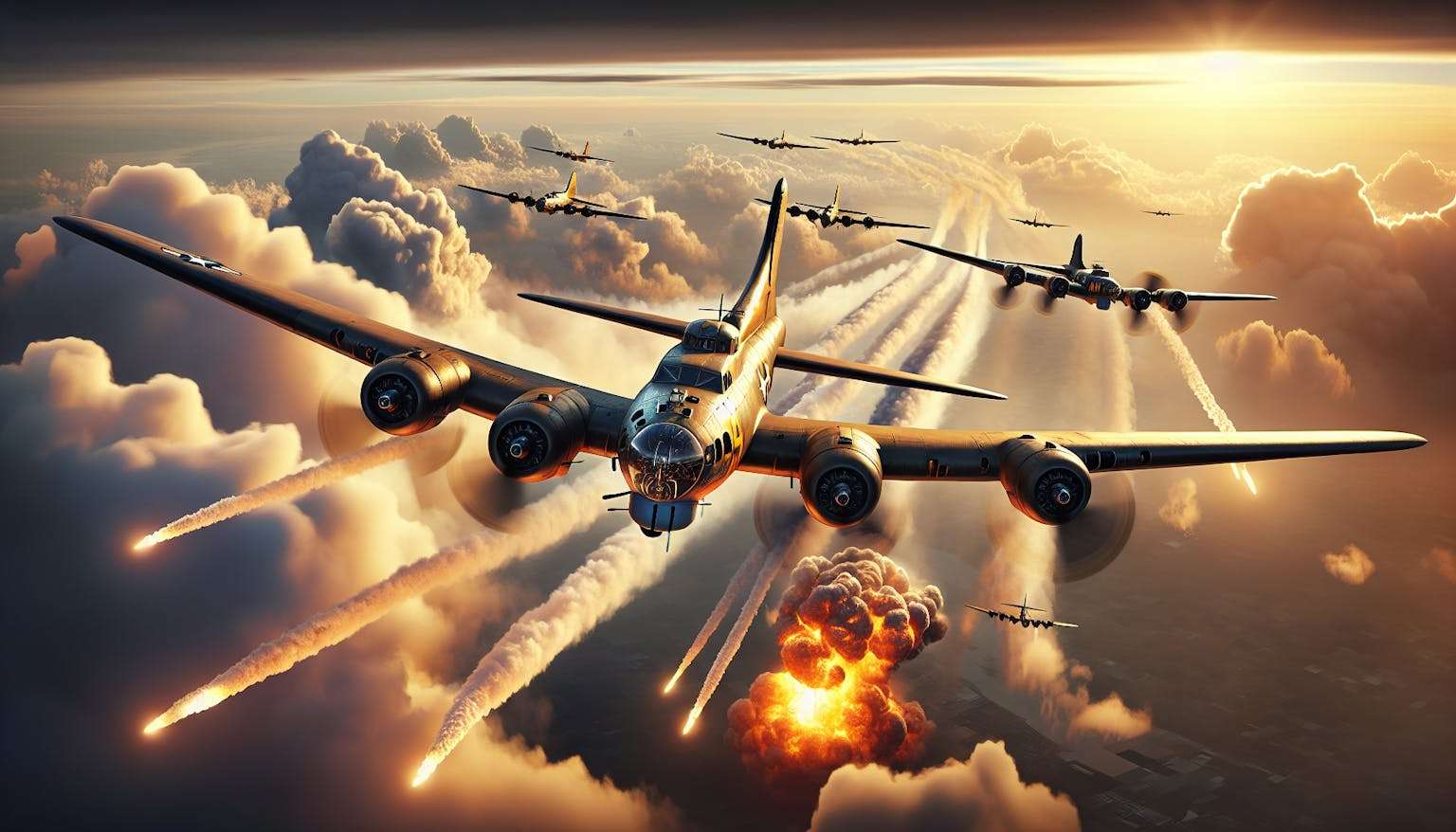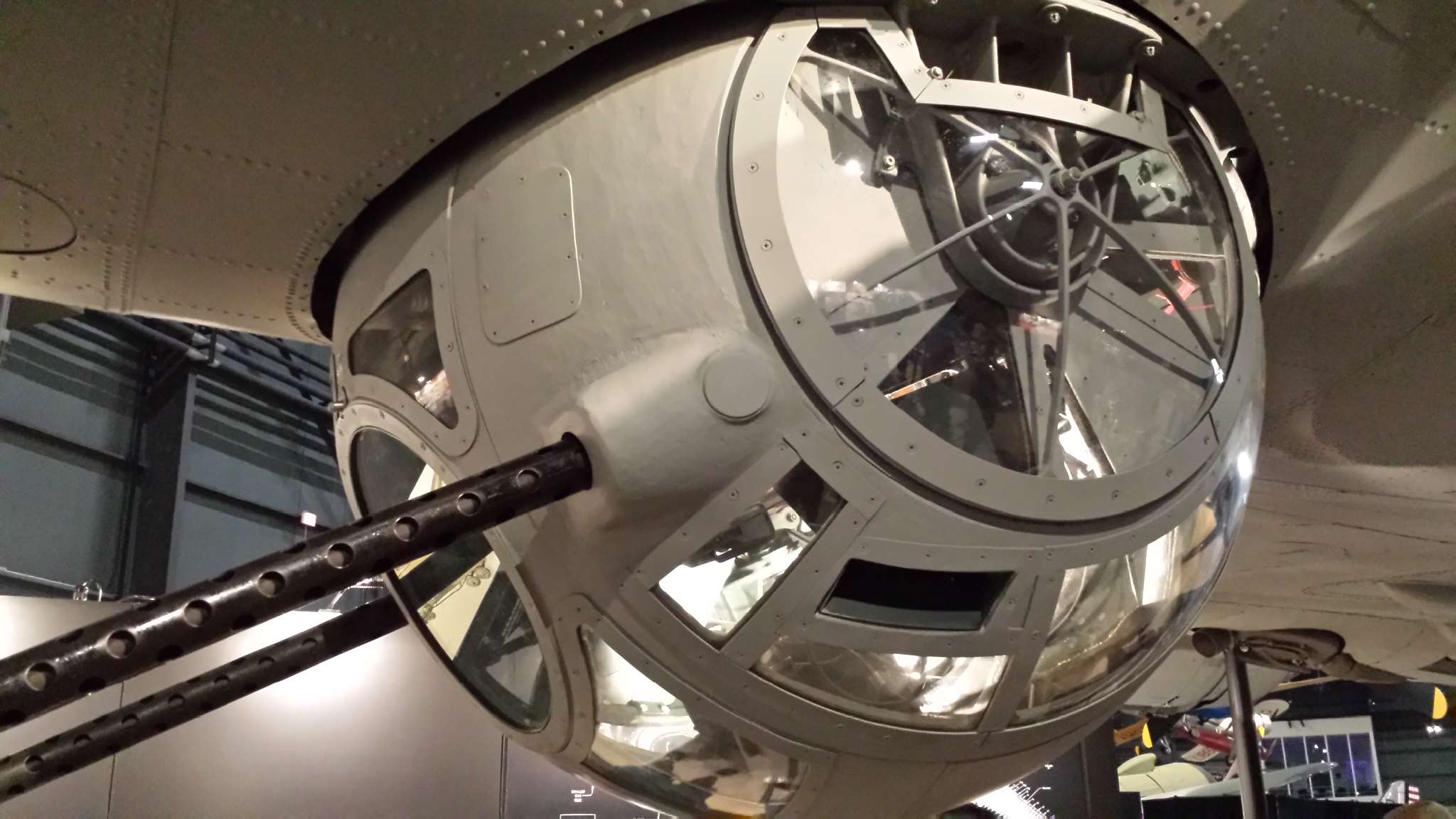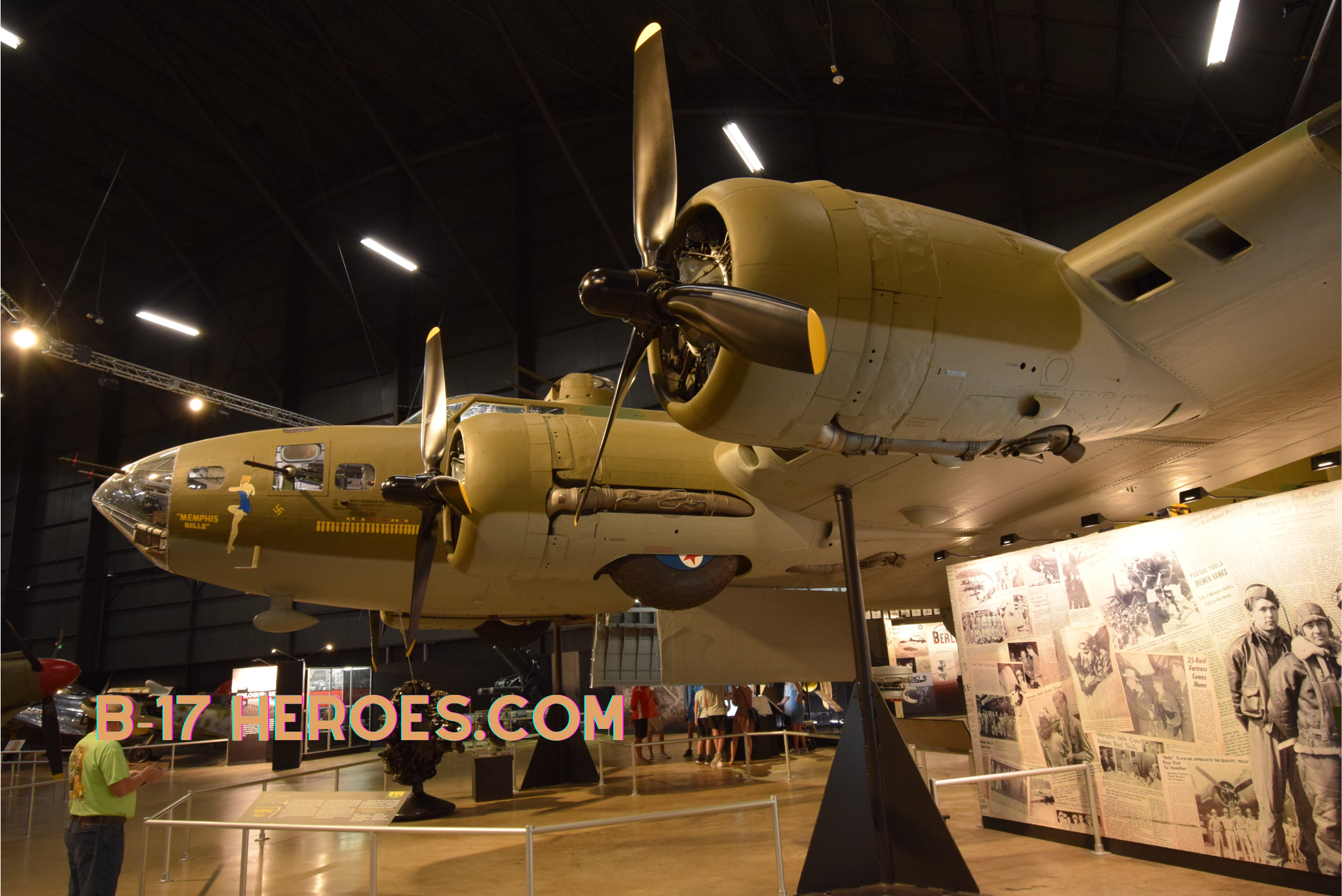On october 14, 1943 a massive bombing mission took place that would have a lasting impact on future missions during World War 2. This mission, known as the “Second Raid on Schweinfurt” or “Black Thursday,” is considered one of the most devastating and costly air battles of World War II for the United States Army Air Forces (USAAF).
Schweinfurt was a major center for ball-bearing and anti-friction bearing production, a crucial component in military machinery. The allied forces believed that bombing Schweinfurt factories could significantly cripple the Nazi war effort. There had already been a first raid on Schweinfurt led by USAAF on August 17, 1943, along with Regensburg.
The Mission:
On October 14, 1943, the 8th Air Force, also known as the “Mighty Eighth”, planned a second daylight bombing mission on Schweinfurt. They launched a formation of 291 B-17 bombers from airfields in England with the objective to bomb five key factories in Schweinfurt.
The Battle:
The bombers had to travel deep into German territory without long-range escort fighters such as the P-51 Mustang, which had not yet been fully deployed for service. This made the bombers very vulnerable to attack by German fighter planes. As they approached Schweinfurt, around noon, they came under heavy, relentless, and deadly assault from German Luftwaffe fighters.
The bombers fought through several waves of interceptors while anti-aircraft guns in Schweinfurt targeted them with flak (anti-aircraft artillery). They managed to drop their bombs on target but at a massive cost.
The Aftermath:
The B-17s began to head for home, under constant attack from German fighters. The Mission cost the lives of approximately 650 airmen, and 60 B-17s were shot down. Around 138 bombers were heavily damaged, many of which were scrapped after making it back to England.
Assessment:
Despite the heavy losses, the bombing destroyed or heavily damaged many of the factories, affecting the German ball-bearing industry substantially. However, the Germans managed to recover relatively quickly by dispersing their manufacturing and getting supplies from other sources, including Sweden and Italy.
This mission had profound effects on 8th Air Force tactics, as it led to discussions and tactics on bombing strategy and fighter escorts. The need for long-range fighters was abundantly clear after the Schweinfurt missions. The P-51 Mustang was soon dispatched in larger numbers, a fact that would revolutionize the air war over Germany.
This mission was symbolic of the bravery and sacrifices made by aircrews during the daylight bombing campaign. It is remembered as one of the most significant and deadly air battles of World War II.
The Schweinfurt mission is covered in episode 12 of The World At War available on YouTube.






